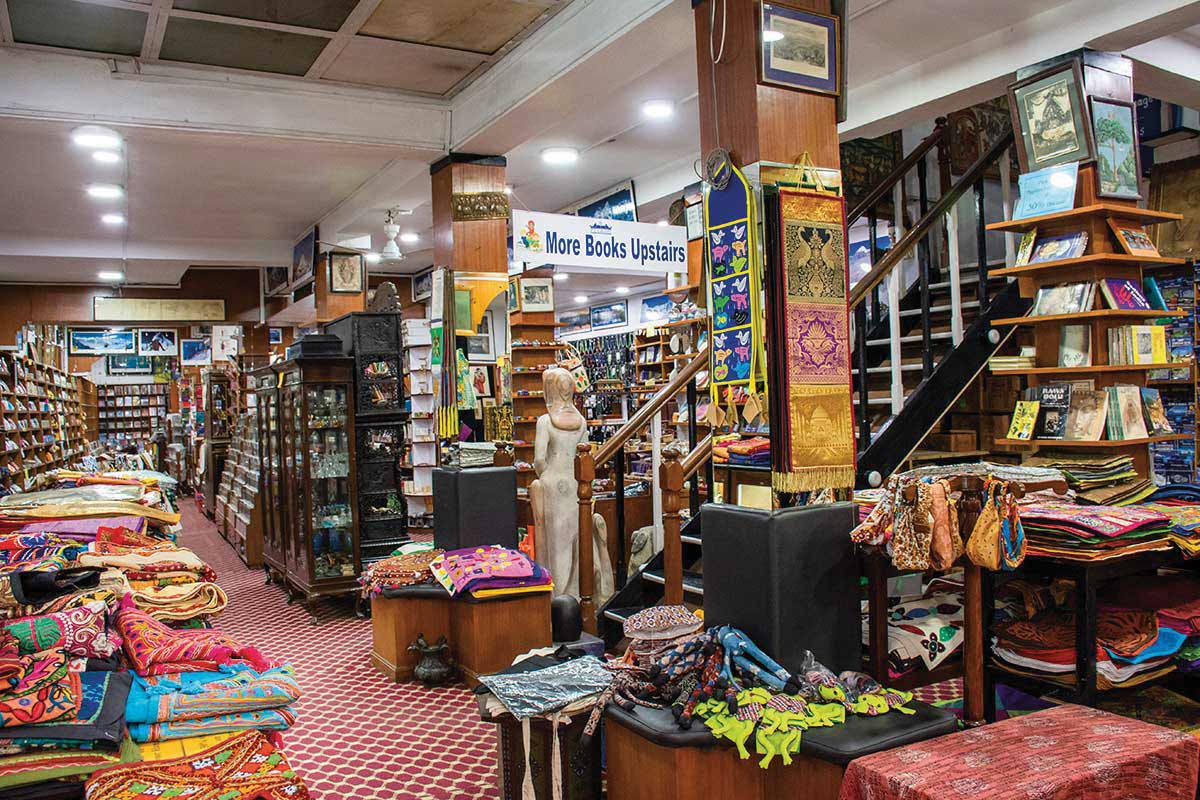Fifteen years ago, one would have been hard pressed to find felt products in the Kathmandu market. However, in recent years, the felt industry has seen a definite boost, and the rising number of shops selling felt hats, shoes, jackets and other accessories are testament to that. With attractive colors, felt is sure to make its presence felt.
 One of the most exasperating characters in books, is undoubtedly the Hatter from Alice
One of the most exasperating characters in books, is undoubtedly the Hatter from Alice
in Wonderland, who drove everyone crazy, even himself. It is interesting to learn that the phrase “mad as a hatter” originated in the 18th century, where extensive use of mercury nitrate in the manufacture of felt hats caused dementia among hatters. While mercury was subsequently eliminated from the process, felt hats remained in fashion. From homburgs to sombreros, magicians to the military, and more recently, wild jester–headdresses worn by football fans for the World Cup, the use of felt is extensive, owing mostly to its versatility.
The popularity of felt has seen a distinct rise in recent years; while previously, the export of felt products was included in the list of woolen commodities, now it is listed separately. The ideal season for this fabric, according to most storeowners, is clearly the winter, because it is then that the demand for woolies reaches its peak. Blankets, along with fleece-lined jackets, are ideal for the cold. Not only does felt induce insulation on chilly days, but it is also more durable than it appears. “Natural felt does not lose its color, regardless of how many times you wash it,” explains Govinda Prasad Lamichhane, proprietor of G.H Traders and Exporters in Thamel. “And it doesn’t shrink too much like other fabrics either,” he adds. What is also wonderful about this material is the fact that, like all natural textiles, it is biodegradable.
The vibrant, electric colors - deep turquoises and vivid reds and pinks- are most appealing, at least to the browsing eye. A variety of items are available in felt; anything from bags and cloaks to funky accessories like spiked hair-trinkets and bracelets. And hats, of course. Children have their pick of adorable felt animals and toys, and also popular are slippers and shoes made of the material. Felt can also be used to embellish hemp, wool or cotton skirts, dresses and jackets.
Today, scarcely a decade since it first began in the country, the felt industry stands on firmer ground. Though business from local patrons still remains elusive, the shopkeepers in the bustling hubs of Thamel, Freak Street and Kupondole, where most of these stores are located, feel more or less compensated by the interest of our foreign friends. Though the export of felt products to countries like Belgium and Germany is definitely high, the cost of importing wool is still much heftier - an estimated billion rupees or so in the last year - making a profit can be quite challenging. Hence, the need for a bigger “home-base” appeal. “It would be nice if local people had more of an affinity for our products,” says L.B. Shrestha of Creative Industry Pvt Ltd, Thamel. “Apart from a handful, we have practically no Nepali customers.”
Whether the felt culture will take up root in the country, or whether it will remain an export-only commodity, is still in question. What cannot be denied, however, is the all-purpose nature of this fabric. With textile art becoming a thriving area of interest and with more and more people turning eco-conscious everyday, the use of felt is certain to find new directions in the years to come.











